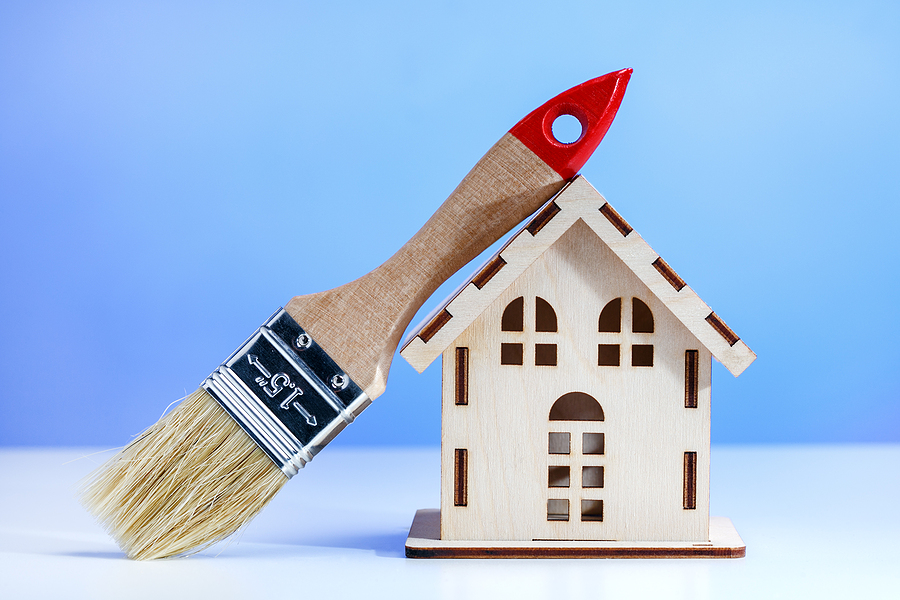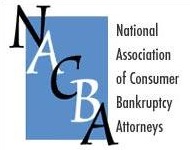
The real non mortgage expenses of home ownership are nothing like the means test allowances provided. Bankruptcy lawyers need to rise to the challenge of aligning the means test with today’s economic and legal realities. The success of bankruptcy cases may turn on it.
What the means test allows
The means test provision for non-rent/mortgage costs appears at Line 8 on the B122A-2. It calls for the UST’s standard allowance for “insurance and operating expenses” of a dwelling for household size in the local area.
The UST tells us that the allowance includes
- insurance,
- maintenance,
- repairs, gas,
- electric, water, heating oil,
- garbage collection,
- telephone, cell phone,
- internet, and cable.
My contention is that for a homeowner who, unlike a renter, is solely responsible for maintenance and repair of a property, that allowance is screamingly inadequate to cover needed expenses in this category.
Real world home ownership
It costs a lot more than the mortgage payment to operate a house.
Outside of the fictional world of the UST’s means test, the rule of thumb for annual mainenance and repair expenses is 1-4 % of the home’s purchase price. Authoritative treatment of this issue is scant, as far as I can find. It’s usually presented in the context of shopping for a home: what do you need to budget to maintain your newly purchased home.
The State Farm insurance site talks in terms of maintaining an existing home. For the purposes of this exercise, I used a mid-range number from State Farms site of 2.5% to calculate what a homeowner ought to spend for maintenance.
| State | Median home cost | Monthly maintenance budget target |
| California | 793,600 | 1653 |
| Montana | 609,900 | 1270 |
| Texas | 336,400 | 700 |
| North Carolina | 362,200 | 754 |
| Massachusetts | 595,700 | 1241 |
These numbers, of course, lack the granularity of the UST Local Standards numbers which breaks down housing costs by county. So to bring the focus down to a localized, personal example, the median home price in San Mateo County CA where I live is $1,700,000. That would make the monthly maintenance budget figure for my neighbors $3541. But the UST allowance for maintenance, repairs, insurance, utilities, and phone is $754 per month for a San Mateo household of two and $913 for a household of 5. Woefully short of what the likely, real-world cost is.
Connecting the means test to reality
My proposed attack on this disconnect lies in the security instrument underlying the client’s mortgage lien and lines 33 and 34.
A borrower’s obligations under the security instrument extend well beyond making the monthly payment. The borrower is required to maintain adequate insurance on the property and to maintain the property so that it does not lose value by reason of neglect.
For example, a portion of a CA form deed of trust:
- To protect the security of this Deed of Trust, Trustor agrees:
- CONDITION OF PROPERTY – To keep the property in good condition and repair; not to remove or demolish any building; to complete and restore any building which may be constructed, damaged or destroyed; to comply with all laws affecting the property or requiring any alterations or improvements to be made; not to commit or permit waste; to cultivate, irrigate, fertilize, fumigate, prune and do all other acts which from the character or use of the property may be reasonably necessary.
Just as the homeowner is required to adequately insure the property (the actual cost of which is another issue to explore), the homeowner is required to maintain and repair not only the structure, but the landscaping. That opens the door for inclusion in the going-forward ownership expenses of not only maintenance but necessary gardening.
In cases of critical but deferred maintenance, a separate deduction may be appropriate.
Change takes work
Expanding the treatment of real but understated costs of home ownership will require both change on the part of practitioners, who will have to wrestle the local numbers into shape, but also of trustees and ultimately judges. However, to the extent we can provide in advance for these real and unavoidable costs of complying with obligations to secured lenders, we can make plan success more likely and avoid plan modifications necessitated by crisis needs for repairs.
More
The weak link in the means test
Tax projections as a key to means test success







